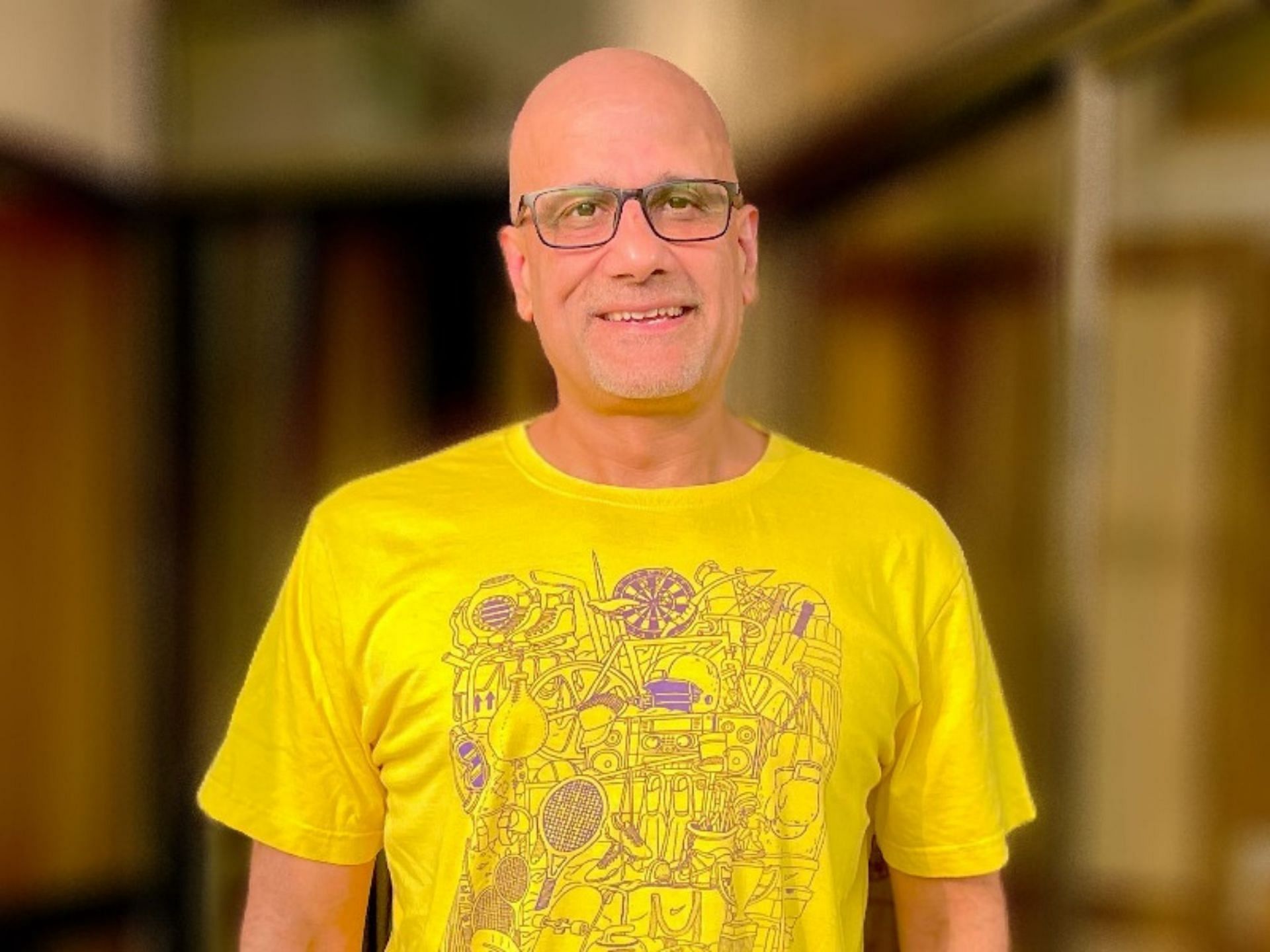
No 'bad job' in sports, says Former Delhi Daredevils CEO Hemant Dua
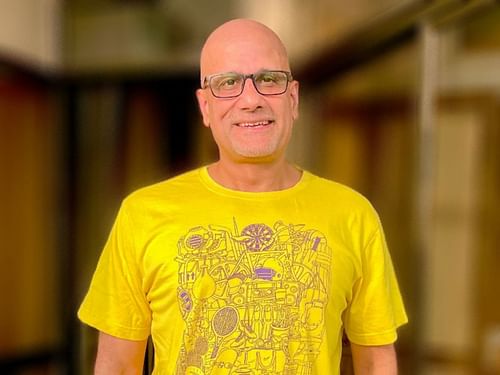
In an interview with Sportskeeda's Gopalakrishnan R, former Delhi Daredevils (now Delhi Capitals) CEO Hemant Dua reflects on the evolution of IPL and its ramifications on the country’s sports ecosystem.
On behalf of GMR group, Mr Dua had also managed its newly acquired franchises UP Yoddha (Pro Kabaddi League) and Dilli Veer (Pro Wrestling League), and he highlights the challenges in promoting non-cricket sports in India.
Finally, Mr Dua spoke on the utility of sports management degrees in this age of e-learning and online courses, proffering valuable advice to those looking to enter this sunrise industry.
1) What got you interested in the sports industry? Were you an active athlete in school/college?
I didn’t come from a family of athletes. I came from a family of teachers. So education was the primary focus in life. However, I was an athlete. I used to participate actively at [the] school level. I was a sports captain and also competed at the Delhi District and Delhi State level, in athletics largely.
I wanted to be a national athlete, but eventually realized I didn’t have that kind of mettle to be a medal winner at the international level.
The love of sports stayed on with me and I got an opportunity when I was working post my graduation. [During] the South Africa 2003 Cricket World Cup, I had the opportunity to bring licensing and merchandising into India. So that started the whole journey in sports.
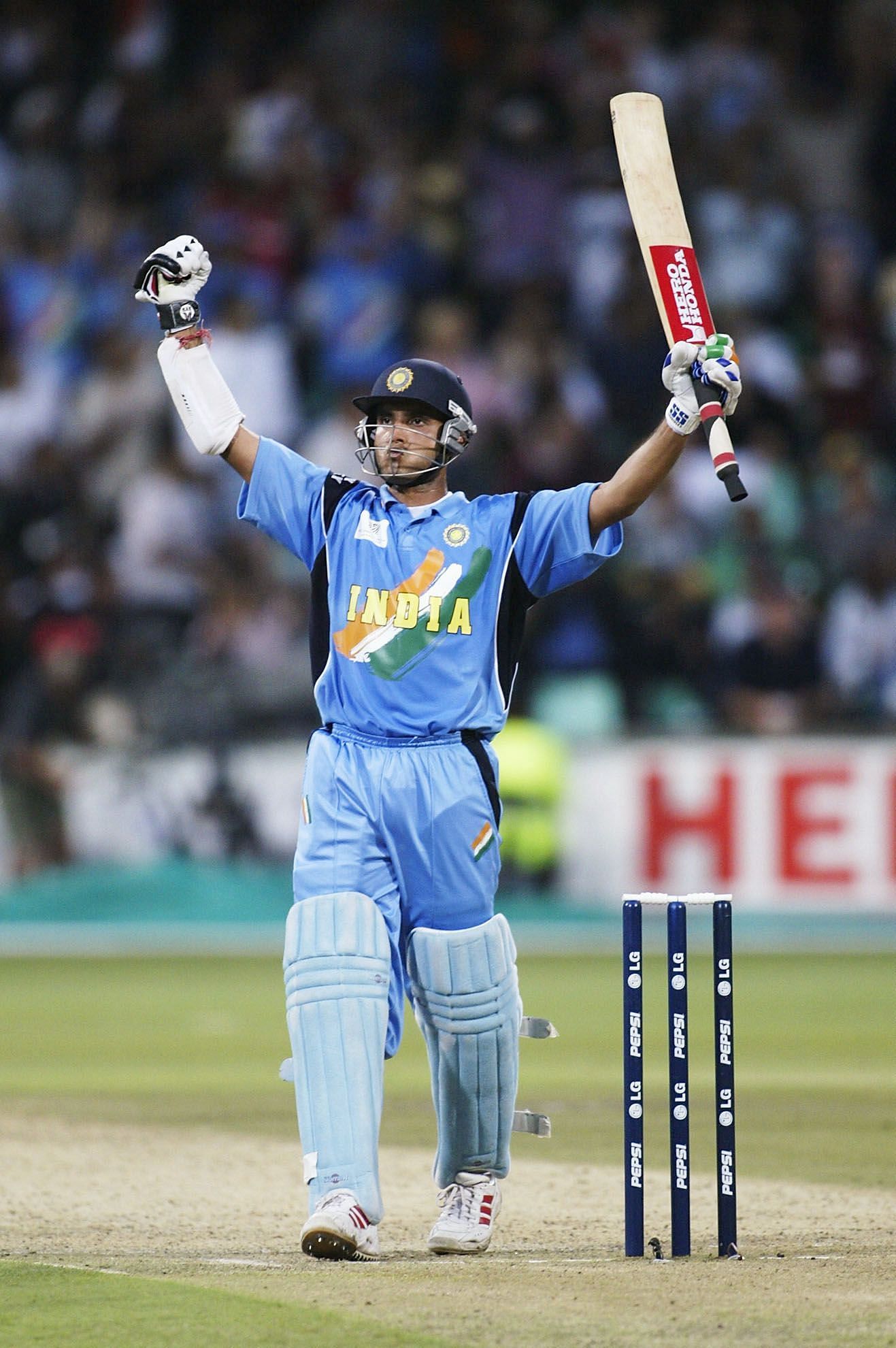
Managing Cricket vs Non-Cricket Sports
2) Having helmed franchises across cricket, kabaddi and wrestling, what are the key commonalities and differences across management of each of these sports?
I think there is a tremendous amount of difference and there is a lot of similarity too. Everyone followed IPL, so the league structures were very similar. But one of the key differences is the scale, and the athlete attitudes and expectations.
I think cricketers need a little bit more parenting compared to the other athletes who are a little bit more attached to the ground and they are able to run on their own. There’s a lot more respect for the coaches at the Kabaddi and Wrestling level, because that’s ingrained in the system.
The difference between cricket at that time versus now - IPL’s changed a lot now. It’s more sport focused. But in initial times, I would say IPL was the brash boy. It deserved that tag because it had achieved that. I mean the kind of money that was involved, the scale that was involved, the fanfare that was involved, the love of the fans that was involved, wasn’t there in any other sport. The only sport that has probably been able to achieve [something comparable] is Pro Kabaddi. That too on the television side, not on the ground side. I give full credit to BCCI for setting up a sport that is currently now probably amongst the top four-five leagues in the world.
3) It’s often a hard-sell to find investors in non-cricket sports. Do you agree with this perception?
Yes. Cricket’s been there for dozens of years. From the ’83 World Cup to PILCOM [1996 Cricket World Cup], cricket knew commercialization to a large extent while the other sports had not seen any. They were seen more as Olympic amateur sports…there was no professionalism out there, from a money point of view. So it becomes a lot [more] difficult because at the end of the day brands are also looking for brand exposure – how they can reach out to their fans and to their consumers.
So, yes, it is difficult to sell, but over the years, credit to Pro Kabaddi and few other Leagues that have come in, like the Volleyball League, the Wrestling League, Boxing League that came and went away. A Kho Kho League is coming, a Table Tennis League, ISL football has been happening for many years. So things have become better. Are they comparable [to cricket]? No. There is still a large, large gap. I would say it’s a 90-10 [gap] still. People would say it’s 80-20, I would still say it’s 90-10.
4) Having worked with GMR Group for six years, please give us an insight into the mindset of big corporates towards supporting sports activities – what are their key priorities/concerns?
A lot of corporates who bought IPL as teams, they bought it from the promise of vision of the then Commissioner Lalit Modi and BCCI, when they set up the League, and how Leagues have prospered in the West, especially in the US and the English Premier League.
For a businessman, the love of sports was there to an extent but it was always about an RoI at the end of the day. Can I get a return on my investment? I think a lot of corporates did that. The guys who didn’t do it were doing it purely from the love of sport, more from the CSR point of view. That was the whole philosophy that existed. That has changed largely now.
Now sports has become a business largely. There are guys who will start investing in new sports, especially an entrepreneur or a corporate [who] has played himself, who has had some exposure to sport would be a lot more willing to spend money compared to a corporate who’s never had that kind of an exposure.
Sport is not easy. I think most of the corporates who are there right now, you need to have a long term vision. You need to have sustainance. You need to believe ‘if I invest 100 now, that 100 will become 300 or 500 in years to come’. But like any other business there is a gestation period, so unless you sustain that gestation, you won’t be able to reap profits in sports.
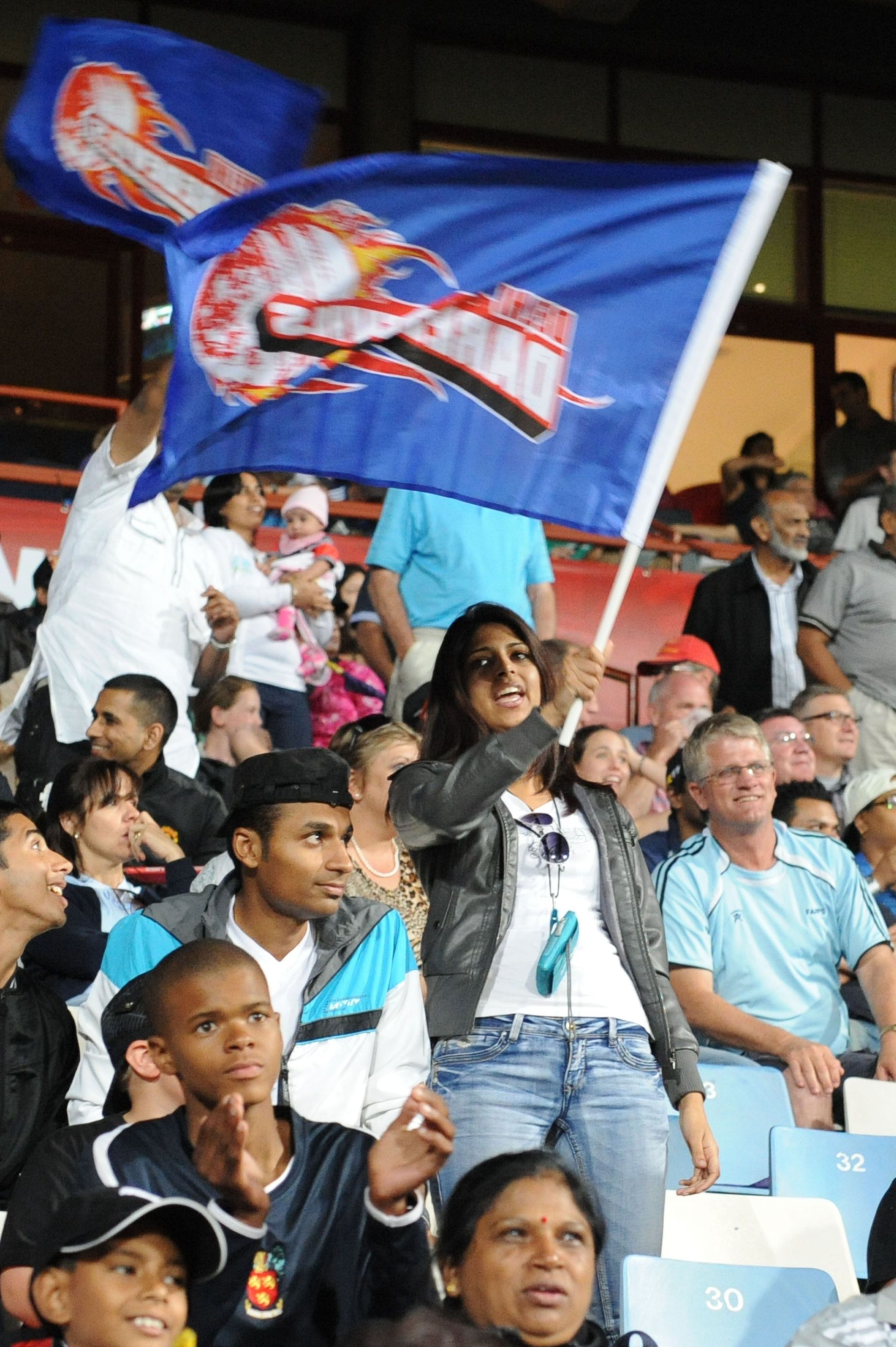
5) Are corporates understanding of the fact that when it comes to sports, the gestation period is a lot longer than in other activities?
I think that’s a fair conclusion. A lot of industrialists are understanding that. A lot of industrialists see sport as a vehicle to build their PR, build Corporate Social Responsibility.
Initially, there was love for cricket at GMR, but they also bought Delhi because they were new to Delhi at that time. No one knew them in Delhi, because they were an Andhra led business, a South led business largely. So when they set up Delhi airport, ‘Delhi Daredevils’ became their calling card. Everyone starting knowing GMR as a brand over the years and that has done a good deed to them. So sports does pay in kind and also in cash, so it works both ways.
A lot of brands over the years have started understanding the power of sports. So if you see now in IPL and Pro Kabaddi and Volleyball, if you were to kind of do a number…let’s say in 2008, there were cumulative number of probably 40 odd sponsors who were participating at a large extent. Today if I do a number of the sponsors on-air and off-air and the number of leagues, this number is ideally close to around 300. So that’s the kind of shift that has happened.
6) Do you think CSR funds are being adequately tapped for sports activities?
I think CSR funds were not being tapped to a large extent before the Government regulations that came in where a percentage could be used under CSR and they could get tax rebates. Once that happened four-five years ago, good amount of corporates have started putting their money into CSR and sports. Is that being still efficiently done? No. Can it be done more efficiently? Yes.
I think it’s a combination of things. India probably lacks that channeling or should I say a body that drives this kind of money in one direction, like globally in US or UK [where] you have Foundations that actually purely work on this aspect. Here it’s still a very grey zone. I mean the private and the public money is still kind of in a grey zone. There’s no black and while line like it’s in the UK, US or Europe. If that kind of modeling can come into India, it can pay a lot of money and really help sports infrastructure develop.
Stint as IPL CEO
7) In the ongoing IPL Season, Delhi Capitals has been hit with a COVID scare. Being the former CEO of the franchise, what was your approach in dealing with unpredictable crisis situations?
Delhi Capitals’ success will always remain close to my heart. Though it’s called Capitals now, in my heart it will always remain Delhi Daredevils.
Unpredictable situations keep arriving in some form or the other when you are organizing a big league and you have a squad of 30-40 people travelling with you. These are all human beings and there will be crises in some form or the other. That’s the nature of human beings right?
There are SOPs set. We try and follow those SOPs as far as possible. There are guidelines set by BCCI, there are guidelines by the team. The priority is to ensure the well-being of the athlete, in ensuring that they are match ready at all the time, because your currency is the athlete. If your currency starts failing you, then your net product - which is the matches that are going to happen and your team’s performance - gets affected.
So you follow those SOPs, you ensure that there is media darkness, [that] nothing travels to the media without the knowledge of the team management, and not everyone is speaking in their own language, especially with social media being at your hand and you can do anything at any moment.
I think there’s an awareness that is given to the players that the team’s success and their success links together. So largely, we follow the SOPs that are set out, and especially in the team management and in the CEO and in the coach etc, panic cannot be shown on the face.
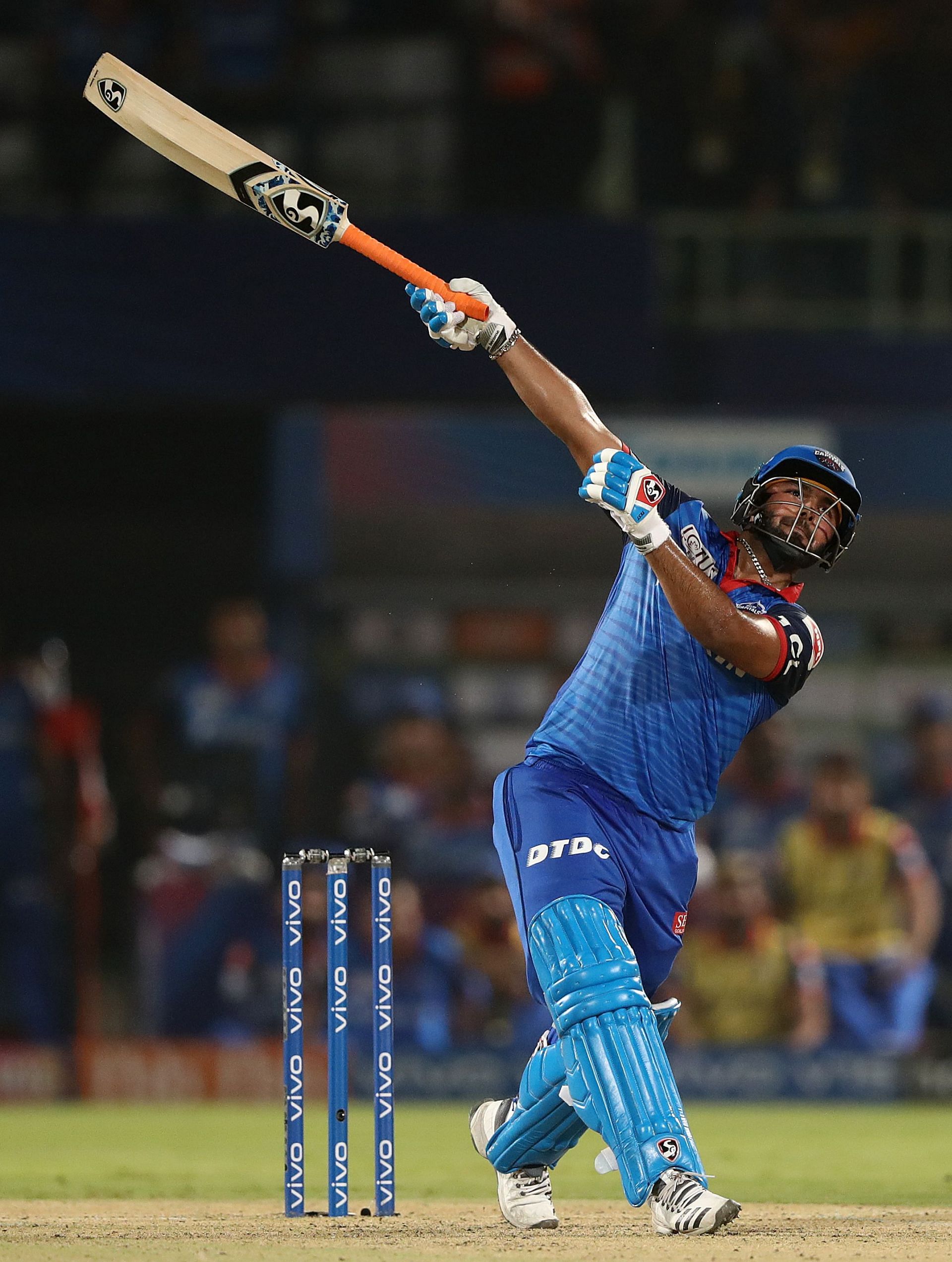
8) In your assessment, how far has Delhi Capitals progressed as a brand, between 2012 when you took over as CEO, to now in 2022, ten years later?
I think the journey in ten years has been immense – both on the fan following side [and] with [the] brand – though we went through a shift from the Delhi Daredevils to Delhi Capitals.
The brand has only become stronger. The brand success is seen on three-four parameters: one is how many fans and how long do the fans support you. The kind of business that they do with you directly or indirectly in terms of social media, in terms of merchandise, or coming to the games at the stadium itself etc., so it’s the interaction with the fans – that’s the second parameter. Third being your success on the ground. Fourth being the kind of money that you generate from sponsorships and the brand value of the players that you have. So it’s a combination of all those things that feeds in to building a persona of the team’s brand.
The latest Forbes study valued Mumbai Indians at 1.3 odd billion dollars if I’m not wrong, and Delhi Capitals as the fifth team at 1.04 or 1.03 billion. So we are above a billion, the gap is not really big between Kolkata and us. Then there’s Chennai and then Lucknow has come in largely purely based on the money that they paid in buying the team. They paid almost 9000 crores. So that sets it at a billion dollar valuation anyways.
All this valuation is also based on the media rights that are being set for the future. So that kind of also adds into the whole value of the whole league.
So [has] Delhi’s brand value moved up? Yeah, absolutely. I mean in 2011-12, we were at probably 32-33 million dollars. From there that journey is massive, and that is owed to the ownership, the management that’s running the team, the love of the fans, and sustaining with the players that they believe can become the future like Rishabh Pant, Prithvi Shaw. They want to sustain with them and make them the heroes at the centre, how CSK did with Dhoni and in the early days how Mumbai did with Sachin Tendulkar. So that’s the journey that the team has to take and build on it and become stronger.
9) What led you to move away from GMR in 2018, and what factors should a sports industry professional consider while planning a career transition?
The time to reap the fruits had just come in and we were looking at reaping those fruits in 2019-20, [when] I had to move away.
GMR wanted to divest the equity in Delhi Daredevils because they needed funds for some other business exigencies that they had. We went through that whole exercise of finding a buyer and they found a buyer in JSW. One of the key aspects was to find an independent CEO because the incoming investor JSW probably thought that I would be more aligned towards GMR’s interests than JSW’s interests, which to my understanding is a fallacy because at the end of the day my allegiance more is to the brand that I work for rather than an individual.
At the end of the day, I’m a professional. The goal for any sports professional is to ensure that the franchise does well. But that’s how the owners are these days. They want independent people. They want to ensure that their interests are protected, and I completely understand that. So with due respect to that I decided to kind of step up and give them that opportunity to find an independent CEO, which they did eventually and ran the business.
I think the transition is a tough period because after you’ve reached a certain stage in sports there are only limited number of assignments that you can find. So when you transition you got to ensure that the transition is smooth and you pass on the baton. I think the key is to ensure that the franchise’s interests are not hurt in any way when an individual moves away, because franchise is prime right?
Individuals will come and go, like players come and go, but the franchise always remains, the brand remains and I think that is paramount and I think that is the interest that needs to be protected.
For me the transition was: should I stay in sports and do something smaller at a smaller level. But I decided to take a little bit of hiatus and break and I started investing in some startups. Now I am consulting and also co-founder of a startup and we’re building that business. But we are still helping sports franchises on the fan-side, building their fan psychology and helping them get more fans. Currently I am helping Gujarat Titans gain more fans and help them on the merchandising strategy etc. from an influencer point of view.
My nutshell advice is ‘don’t see your interest first. The sport franchise’s interests come first.’ If you are ensuring you are doing that, life will give you more opportunities in the future, because you got to be professional at whatever stage you move out.
Sports Management as Field of Specialized Study
10) You are a visiting Faculty Member at GISB. What is your assessment of this generation of learners?
I’ve been going to GISB courtesy Neel from the day that they started the institute. So I go there once a year to spend a few days with the new batch every year….talk to them about sports marketing and brand etc.
There are a lot of youngsters, they are full of energy. They want to do really big [things].
My advice to lot of the generation who’s wanting to get into sports on the brand side and marketing side is: don’t come in young, straight out of school and start getting into a management institute in sports.
I think it’s important that you dirty your hands. You work a few internships. Do some operations job, at whatever level. There are now so many assignments available. There are so many leagues out there, at the State level, at the District level, at the national level.
I think the problem is also, everyone wants to be in the Pro League only. Nobody wants to think beyond Pro League. There are a lot of sports beyond Pro League. It might not be as fancy and probably not pay as much. But in initial years it will help you build your grassroots really well. It will help you build your bases and help you understand the psychology of sports industry really well. It is not like any other product marketing right? It can be structured that way but there’s a lot of human element involved in sports and there’s a lot of unpredictability involved in sports.
Sports is like ‘once a match is being done at that event on that day. It’s there. I mean you can’t change it.’ It’s not like a product launch that can be postponed. It’s there and then. So you got to be there and you got to be alive and you got to be present. So I think people need to widen their horizons beyond just the Pro League.
I don’t blame the kids because they all want to be seen. They get attracted by the glitz and the glamour of IPL and the ISL and everyone kind of wants to work in that zone. But my advice is to dirty your hands before you get into the big league. There’s a huge opportunity, this is just the scratching of the surface.
India is going to be a massive sports business opportunity in probably ten years to come. There will be a lot more leagues. US has six leagues which are proper leagues. From NBA to MLB to NFL to NHL to MLS to Lacrosse league, those are the six that come to my mind and then there are several others that are out there. We still don’t have college sports like the US [where] college sports is bigger than the professional league.
In ten years as the economy booms, as the spending power of the Indian citizens increases they will have a lot more [sports activity]. So sports comes hand in hand with your spending power and your economy. You have a lot more money you are able to spend a lot more on sports: whether it is going to [the] stadium, buying merchandise, buying food, watching it on television etc. As the economy grows, sports leagues will grow and eventually India will become a bigger sporting nation. It’s a matter of time, it’s a cycle that you go through.
The US and Europe had probably a 100 year lead over us in terms of their economic scale. But we’re getting there.
I don’t compare ourselves to China because China is a closed economy. We’re an open economy, there’s a large difference. But I think we’re on the right path and there will be a lot more opportunities for a lot of youth to participate in sports in the future.
11) Specifically, do you feel it is necessary to have a management degree to succeed in the field?
I don’t think it is necessary but it can be an asset in the long term.
12) Building from the previous question, in this day and age of e-learning, should a sports industry aspirant opt for a flexible online course instead?
So why do you go to an institute? Largely you go to an institute to network. You don’t go there to study. You go there to meet peers. You go there to build your relationships with the industry when you go and do internships etc. You build a database and then that database is utilized in future in some form or the other.
Education does help you. It comes in as a secondary knowledge. For me, primarily, it is all about networking and building databases. Can you do that online? Not really. Because when you are doing it online you are unable to build that rapport with the people in the class you are with. So I think each has its own merit and demerit.
If you are unable to spend that kind of money and spend that kind of time, you feel you are doing well in your industry, you can’t take a break, then do those online courses because they always enhance your knowledge, they bring you upto speed of what’s happening in the industry.
Sports industry is changing like any other industry. Technology is taking huge inroads into sports with NFTs, cryptos, gaming, virtual…metaverse is coming in. Real sport will still remain but it’s going to be a huge amalgamation of technology and sports to a large extent and your viewing experience at home will also change in five to seven years.
13) Having successfully completed a Masters in Sports Management course yourself in 2006, how has this field of study evolved between then and now?
I think the basics remain same. The basics of an MBA - whether you to an IIM or any other institute in marketing, finance - will remain the same. It’s just the way it is being taught will change. You will have a lot more live experiences. You will be more updated to the latest trends in the market.
I think there’s a lot more of collaboration and effort now on how you can combine when you are going to an institute…live industry practices with the studies. Earlier, it was a lot more theory. A lot more visiting faculties have started coming in from the industry, so the perspective has changed. So all those things are changing [and] that’s for the good largely.
14) There is this constant refrain that India lacks a sports ‘culture’. In such an environment where academics is still given pre-eminence, do you believe that marketers in India have a unique role and responsibility, in terms of cementing sports in the psyche of the common masses?
I think I will go back to my earlier statement that ‘as the Indian economy progresses, there will be more disposable income in hands of people.’ The love for sports will change, the viewership will change. The industry will grow because you’ll have more disposable income.
Why is education still more paramount? Because people want job security. So if sports is able to create so many jobs then I think sports will, by choice become more bigger and better. Is it changing? Yes, it is changing.
There’s been good amount of effort from the Government side in introducing Khelo India, more corporate private partnerships are coming, athletes are getting a lot better opportunities…sports science is growing as an industry.
A lot of corporates have started investing whether it’s in leagues or beyond in setting up institutes, NGOs like Olympic Gold Quest have come up. So, all those things are coming. It’s all combining. It’s moving towards the right direction.
Do marketers have a role? Yes they have a role. They have a role and a responsibility in ensuring that sports is not just painted as all fun and frolic. It is also seen as a serious business. So it’s the responsibility of the industry to showcase that all that glitters is not gold. There’s a lot of hardwork that goes behind, there’s a lot of discipline, a lot of industrious work that happens. So I think it is about projecting sports in the right way and ensuring that opportunities are created.
The US is a lot more developed sports industry. The teams there, like an NFL team is valued at 6 billion dollars. But in 10 years, we are valued at 1.3 billion dollars in Mumbai Indians. Now that’s a 10 year cycle. And NFL has been there for 40-50 years right? So look at the growth that we are having.
If the marketers and the industry and the government and the stakeholders work together, I think in the next ten years, you will see a hockey stick growth in sports.
I think one of the biggest paramount [indicators] of how the industry is going and where we are going to head is the media rights that are going to happen for IPL now. If they go at the value that I’m hoping they will go at – from 16000 crores which was there (2 billion at current rates) to if it sells at 40000 crores, you are looking at 5 odd billion dollars right? That’s a 2.5x jump. If that happens that shows you the kind of growth that the industry is going to happen.
When something sells at 5 billion, that is going to have a percolating effect. It is going to create a lot more jobs, a lot more opportunities in sports. The money is going to spread through, it is not going to remain with one entity. And that kind of creates a lot more opportunities for the industry and a lot more people will be deployed and employed in sports. Because that money will percolate down to the teams. They will have a lot more money. They will invest in lot more sports franchises. They will buy a lot more sports. There’ll be grassroots sports that will be developed. So I think the next ten years is critical.
I see the sports industry growing and growing massively in the next ten years.
Career Advice
15) Having worked in this industry for 25 years, what is your advice to those looking to enter (and sustain) in the profession?
Like the industrialists need to see the gestation in sports cycles, similarly the guys who join the sports industry need to see gestation and they need to stick along, the growth will eventually happen.
You can’t become a CEO in one year right? It’s a whole journey that you need to take, like any other industry. Also important for people who are wanting to get into sports is to find the right kind of people and mentors that they can partner with, and which also ties in with your earlier question – do marketers have a role? Yes, they do. They need to start mentoring these younger people a lot more which doesn’t happen in India. Because what you learn you also need to distribute and give out to people. That needs to happen a lot more in this country.
We are all very inward looking. We need to become a little more outward and share knowledge. If we do that successfully, I think the sports industry will grow.
My two key mantras: 1) Don’t shy away from working hard. Perseverance is key; and 2) No task in sports is a bad task. If you are starting off and are given a job of running around and doing laundry for athletes, you bloody get it done. If you have to clean the stadium and wipe the dust off the chairs, you bloody get it done.
I’m telling you, in my initial years, there were times when in US, because the manpower is so expensive, when we used to host grassroots football tournaments at public parks, at the end of the day we had to clean the grounds, pick the garbage and throw it otherwise we’d be getting a big fine from the county. So that’s what it is. There is no job that is a bad job. You got to go through that cycle and believe.
I think in India people need to start respecting [every] job and kind of go and do that and persevere and if they do that, in sports you will be respected more because you will be seen that you come from the grassroots and you will grow really really big in the industry.